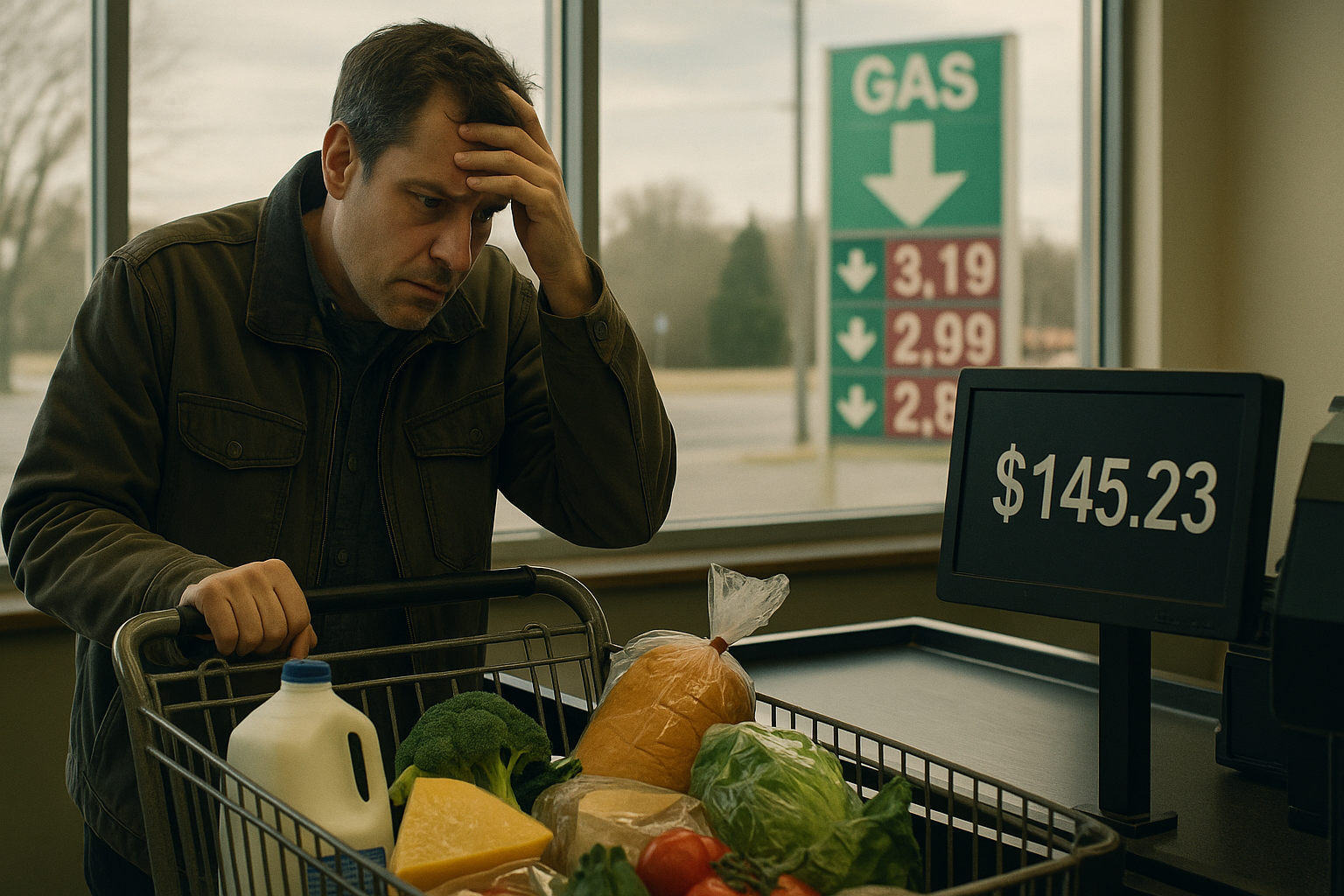Green, the newest entrant in our increasingly crowded local cannabis scene, cuts the ribbon tomorrow. The usual suspects will be there—politicians awkwardly wielding those comically large scissors, staff sporting branded t-shirts, and the inevitable deals aimed at cultivating a loyal customer base from day one.
I've been watching this industry unfold since the early legalization days, and something about Green's timing feels particularly telling. They're not pioneers—far from it. They're joining what I'd call the third wave of cannabis retail, long after the initial gold rush has panned out.
Remember when cannabis stocks were hotter than Tesla back in 2018? Those Canadian producers were trading at valuations that would make even tech bros blush. Heady days, indeed.
What we're seeing now is something I've taken to calling the "Saturation Curve." It's as predictable as seasons. First come the pioneers, enjoying fat margins and customer enthusiasm simply for existing. Then the gold rush—everyone with access to capital and a fondness for green (both kinds) jumps in. Now we're firmly in phase three: the inevitable shakeout.
The hard truth? There's only so much weed a fixed population will consume. Full stop.
And let's be real—retail is brutal even in the best circumstances. Add in the regulatory maze unique to cannabis, banking restrictions that feel designed in the last century, and tax codes specifically engineered to kneecap profitability (ask any cannabis CFO about Section 280E and watch their eye twitch), and you've got yourself a genuinely challenging business environment.
Green's promotional materials suggest they're aiming for the "premium experience" lane. Smart move... if they can execute. The cannabis market seems to be splitting along the same lines we saw with craft beer—mass market players competing on price and convenience versus premium retailers offering curated selection, knowledgeable staff, and an experience worth paying extra for.
But here's the wrinkle that makes cannabis retail fundamentally different from, say, bookstores or pharmacies: the persistent black market. Unlike most retail categories, legal cannabis shops compete against deeply entrenched illegal alternatives with significantly lower overhead (no pesky taxes or compliance costs). This puts a ceiling on pricing power that simply doesn't exist elsewhere in retail.
Having toured a half-dozen dispensaries that opened in the past year alone (purely for journalistic purposes, I assure you), I've noticed the subtle signs of margin pressure. Promotional deals getting more aggressive. Staff counts getting leaner. Product selection narrowing to focus on reliable sellers.
The market is speaking. And it's saying there's too many stores chasing too few dollars.
What does this mean for Green's prospects? The odds are... challenging. They'll need either operational excellence and deep pockets to weather the consolidation phase, or a truly distinctive approach that carves out a defendable niche.
Meanwhile, things are happening elsewhere in the business world: - Mortgage originations at several regional banks have plummeted 22% year-over-year last quarter (housing market, we hardly knew ye) - Word is the SEC has three more crypto exchanges in its regulatory crosshairs - And that SPAC that was supposedly revolutionizing EV charging? Sources tell me Chapter 11 filings are coming next week. Another tombstone in the SPAC graveyard.
Tomorrow, Green opens its doors. Another player enters an overcrowded game. I might stop by—not to partake, mind you, but to see which path they've chosen in this increasingly challenging landscape. Sometimes the most interesting business stories are the ones where the outcome isn't guaranteed, where the struggle itself reveals the character of an industry in flux.
In the cannabis business, that struggle is just getting interesting.




